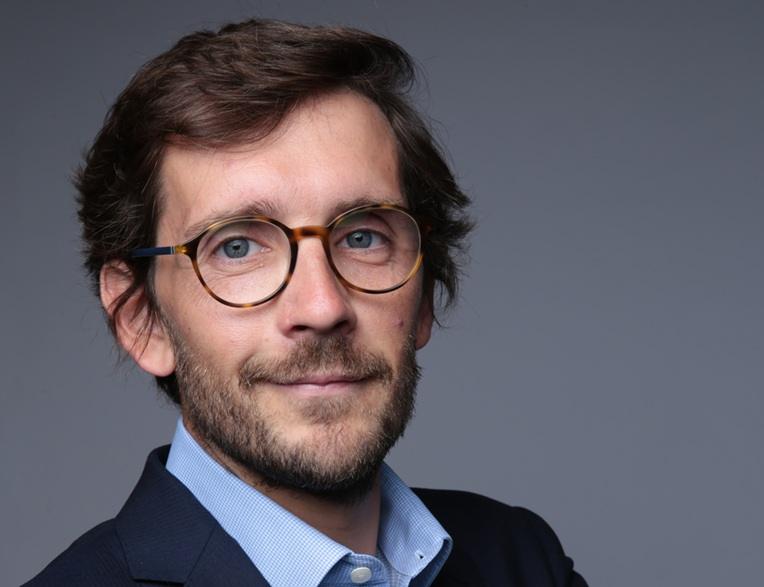The protection gap describes the difference between the total losses caused by an event and the proportion of those losses covered by insurance. The wider the protection gap, the greater the difference between what needs to be covered and what is. Insurers aim to close the protection gap so that their clients can count on them to aid their recovery in the event of a disaster. And on account of the climate crisis, that gap is growing.
When disasters are infrequent and the damage is limited, the traditional approach to insurance makes sense. Businesses purchase their cover, and should something happen, the insurer provides them with support and compensation. But climate change is making disasters more and more frequent and more and more destructive. That means helping people and businesses bounce back after a disaster isn’t enough. It’s too expensive, which is why some insurers have been forced to leave places where floods and wildfires are now commonplace.
The problem is that the climate crisis isn’t over. In fact, it’s getting worse. Ana Toni, the CEO of COP30, which is due to take place in November in Brazil, has called it ‘our biggest war’, saying it’s more damaging in the long term than military or trade wars. The heat seen in Europe in recent summers, as well as extreme events like the Los Angeles fires and the Valencia floods, make it hard to dispute that belief. If the climate crisis shows no signs of disappearing, and is in fact intensifying, then insurers, to survive, have to change. The question is: How?
Broadly speaking, there are two sides to how insurers must evolve. The first has to do with how it thinks about risk; the second has to do with how it deals with it. To take them in reverse order, insurers need to accept that if responding to and compensating for a disaster isn’t workable, then they must aim to prevent disaster happening instead. That means embracing technology that paints a realistic, real-time picture of risk, and working much more closely with clients to prepare them for disaster and, where possible, avoid or mitigate it. Geospatial technology – tools that turn raw satellite imagery into actionable data – can now predict floods and fires with startling accuracy. Insurers should lean into these advances so they can keep their clients informed of the risks they face and advise them on how to reduce harm.
The other dimension to the evolution of insurance is understanding the risk landscape. The climate, as Toni argues, is perhaps our biggest challenge. But it can’t be separated from the others. The world is so closely interconnected that viewing risk in isolation is inadequate. If climate crises, wars, cybercrime, supply chain and more all relate to one another, sometimes causing problems, sometimes intensifying problems, sometimes complicating problems, then it’s senseless to treat them as distinct risks. Edgar Morrin, a French sociologist, realised this in the 1990s, and coined the term polycrisis to describe the phenomenon. He saw that modern crises would create a cascading effect if addressed piecemeal rather than holistically. That’s why insurers must see things afresh.
This in turn necessitates the creation of risk systems. Yes, we should turn to technology like geospatial. But we must also consider how we can combine geospatial with – for example – the latest and best tools for dealing with cybercrime, or geopolitical unrest. Of course, there are many risks that we can’t predict, because they begin (unlike the weather) with choices made in human heads. But in those cases, we can still supply intelligence, and armed with it, clients can make smart decisions to evade harm. The main point here is that a polycrisis requires a poly-solution: a holistic risk management system that eschews piecemeal approaches and deals with a single risk composed of others.
It sounds daunting. But though our challenges are great, the tools we have to deal with them are too. Some of the advances we are making in technology are mind-blowing. From artificial intelligence to machine learning to space tech, we are seeing human ingenuity and intelligence push the boundaries of what we thought possible even a few years ago. It remains to be seen how AI will empower us individually as an insurance sector to provide better-than-ever protection for those who need us. In my own company, I’ve seen what happens when human expertise is married to cutting-edge technology.
So yes, the climate is changing, and insurers must, too. But we can. By doing so, we become a more complete version of what we already are: providing peace of mind and bringing resilience to our communities like never before.

